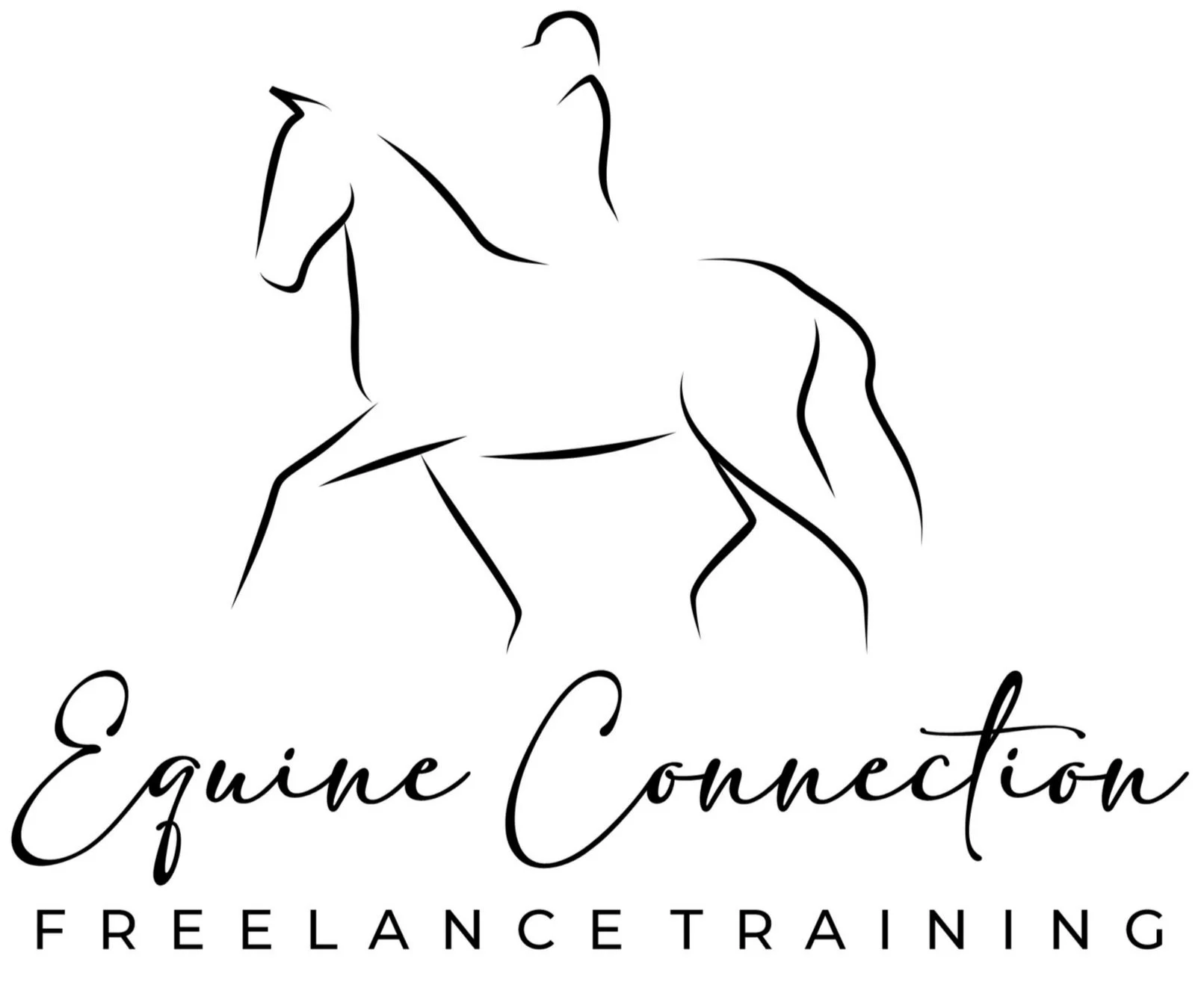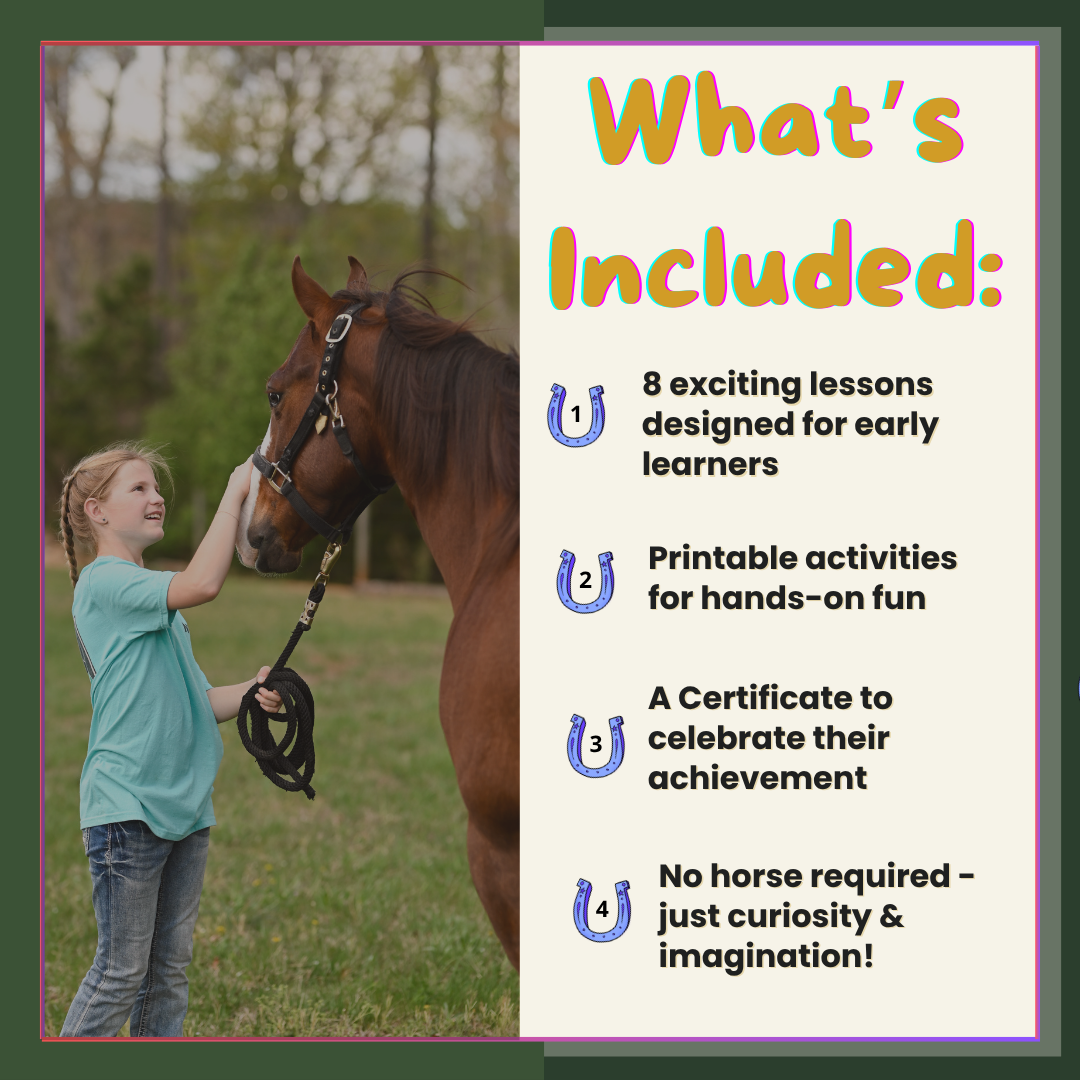Teaching Young Horses About Boundaries: A Comprehensive Guide

Teaching young horses about boundaries is essential for their safety, training success, and the development of a respectful relationship between horse and handler. This article explores effective methods, the importance of boundaries, and practical tips for horse owners and trainers.
Why Boundaries Matter for Young Horses
Boundaries help young horses understand limits, reduce stress, and prevent dangerous behaviors. Establishing clear boundaries early on fosters trust and communication, making future training smoother and more effective.
Key Concepts in Boundary Training
| Concept | Description |
|---|---|
| Personal Space | Teaching the horse to respect your physical space and vice versa. |
| Pressure and Release | Using gentle pressure to guide behavior and releasing it as a reward for compliance. |
| Consistency | Maintaining uniform rules and responses to reinforce learning. |
| Patience | Allowing the horse time to understand and adapt without rushing the process. |
Step-by-Step Guide to Teaching Boundaries
- Start with Groundwork: Begin training in a calm, controlled environment to minimize distractions.
- Use Clear Signals: Employ consistent cues such as voice commands, body language, and rein pressure.
- Apply Pressure and Release: Gently apply pressure to encourage movement or halt, then release immediately when the horse responds correctly.
- Respect Personal Space: Teach the horse to maintain a safe distance, avoiding crowding or pushing.
- Reward Positive Behavior: Use treats, praise, or gentle pats to reinforce good responses.
- Gradually Increase Challenges: Introduce new environments and stimuli to test and strengthen boundary understanding.
Common Challenges and Solutions
- Horse Ignores Boundaries: Reassess your signals for clarity and consistency; increase patience.
- Horse Becomes Anxious: Slow down training pace and provide reassurance.
- Inconsistent Responses: Ensure all handlers use the same commands and techniques.
FAQ
Q1: At what age should boundary training begin?
A: Ideally, start as early as possible, often when the horse is a foal or yearling, to build good habits.
Q2: How long does it take to teach boundaries?
A: It varies by horse, but consistent daily sessions over weeks to months yield the best results.
Q3: Can boundary training prevent behavioral problems?
A: Yes, clear boundaries reduce confusion and frustration, lowering the risk of issues like biting or kicking.
Q4: What if the horse resists pressure?
A: Use gentler pressure and increase patience; consult a professional trainer if needed.
Summary
Teaching young horses about boundaries is a foundational step in their training journey. By applying consistent, patient methods and understanding the horse’s perspective, handlers can foster a safe, respectful, and effective learning environment.
For more detailed training plans and expert advice, continue exploring our resources on equine behavior and training techniques.
